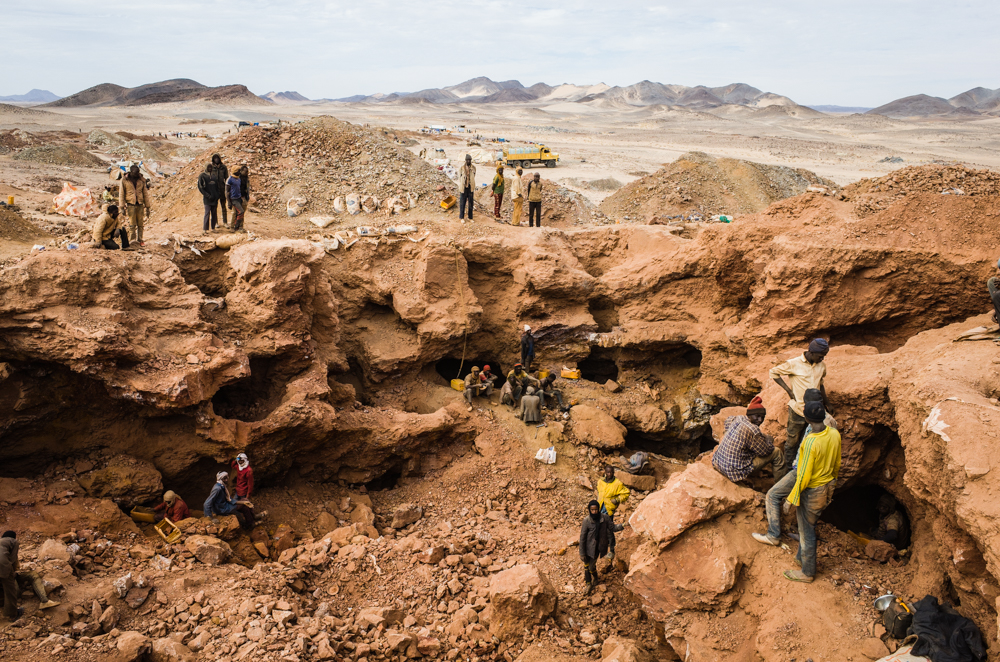A tragic mining pit collapse in Zamfara State, Nigeria, left miners trapped underground and sparked a desperate rescue effort. Reports say that at least 13 bodies have been recovered so far. Meanwhile, more than 100 miners may have worked in the pit when it gave way, raising fears of a much higher death toll.
What Happened at the Mining Site
The collapse occurred at the Kadauri gold mining site in the Maru local government area. The pit caved in while many artisanal miners were working underground. Witnesses say the ground suddenly gave way, trapping dozens. Rescue teams rushed in immediately, but conditions remain hazardous and progress is slow.
One local, Sanusi Auwal, confirmed that at least 13 bodies were pulled from the rubble, including that of a relative. He estimated that over 100 miners were below when the collapse occurred. Another survivor, Isa Sani, said that only 15 of them were rescued alive after the incident, leaving dozens unaccounted for.
Rescue Efforts and Challenges
Rescuers face enormous obstacles. The collapse zone remains unstable, and debris removal proceeds cautiously to avoid further collapses. Some rescuers also reportedly suffocated during attempts to dig out victims deeper underground. Because many miners did not report their presence to authorities, locating them has proven very difficult.
Local mining associations confirmed the disaster, and operations continue under pressure from families demanding swift recovery. Meanwhile, police authorities have not yet issued full statements or updates.
Causes and Underlying Issues
Illegal and unregulated mining is common in Zamfara. Many pits lack safety measures, proper structural support, or regulatory oversight. Armed groups sometimes control or influence mining sites, making enforcement weak or dangerous. These conditions increase the risk of pit collapses, especially in areas with soft soil or heavy rain.
Additionally, many miners work informally with no official records. That means some victims may never be accounted for. The lack of training, safety gear, and oversight makes every shift extremely risky.
What This Means for Communities
For families in Zamfara, the collapse brings grief, uncertainty, and frustration. Some depend on mining as one of the few income sources in impoverished areas. The fear now is that loved ones remain trapped, and that rescue may come too late. Communities may also resist mining going forward, worsening economic hardship.
For authorities, this disaster underscores the urgent need for regulation, safer practices, and oversight. Without reforms, such tragedies will likely repeat.
Conclusion
The Zamfara mining pit collapse stands as a stark reminder of the dangers inherent in unregulated, artisanal mining. Though 13 bodies have been recovered and many remain missing, the full toll still may never be known. Rescue workers continue their efforts amid difficult and unstable conditions. For the survivors and those who lost loved ones, the disaster demands swift support, accountability, and reforms to prevent similar tragedies.
Bonus Read: Heavy Rain Floods Lagos Island, Disrupts Lives and Traffic




2 thoughts on “13 Recovered After Zamfara Mining Pit Collapse, Over 100 Feared Dead”